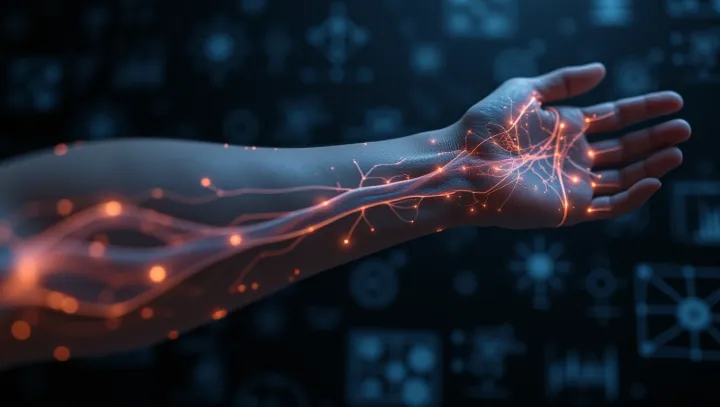The Science Behind Goosebumps Revealed

In a significant breakthrough, researchers in Munich, Germany, have delved into the captivating world of goosebumps, a phenomenon that many of us have experienced but seldom understood fully. This natural response, they reveal, serves as more than just an anecdotal curiosity, linking us to our evolutionary past. Goosebumps emerge when the tiny muscles at the base of hair follicles contract, typically in response to cold or emotional stimuli.
This reflex, known scientifically as the pilomotor reflex, has fascinated scientists for decades. 'Our study indicates that goosebumps are not merely vestigial remnants from our ancestors,' says Dr. Marta Fischer, the study’s lead investigator.
'They serve both in physical adaptation to cold and, perhaps more intriguingly, in emotional communication.' The research indicates that while the initial purpose of goosebumps was to increase body insulation—a feature still relevant in the animal kingdom, aiding survival in harsh climates—humans have adapted this reflex for different uses. Emotions such as fear, awe, or inspiration can trigger this reaction, suggesting a link between physiological responses and emotional states. As contemporary society grapples with understanding the intricate connections between emotion and physiology, these findings shed light on the multi-faceted nature of human and animal biology.
By unraveling the mysteries behind seemingly simple reactions like goosebumps, scientists are better equipped to comprehend the complexities of our biological and emotional worlds.
